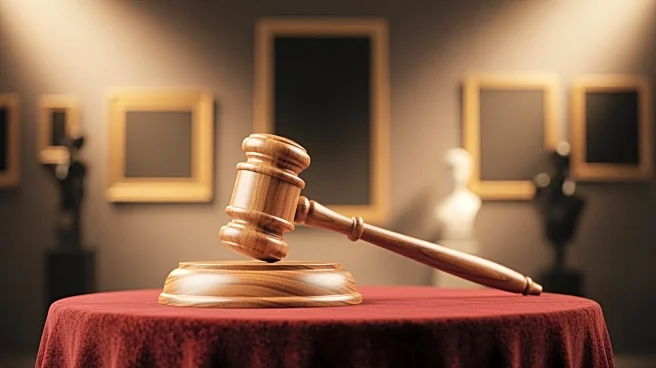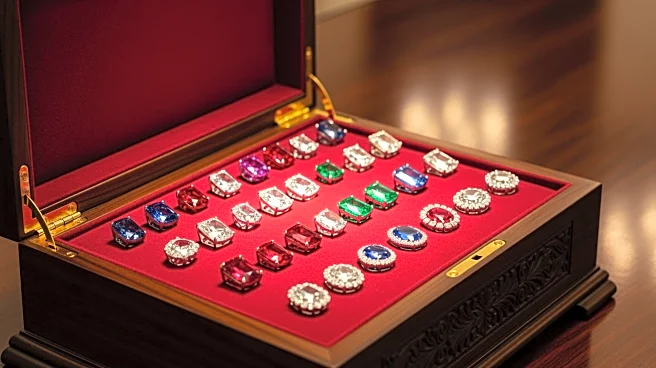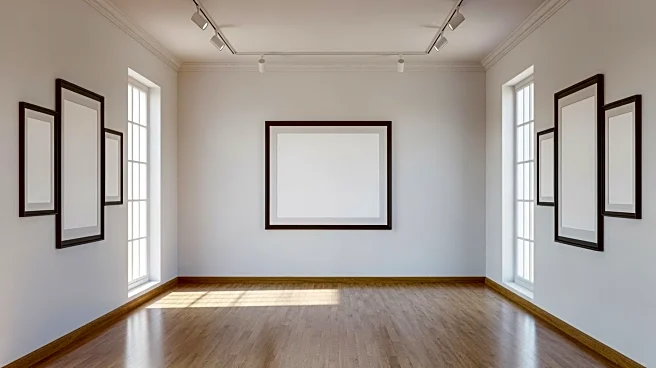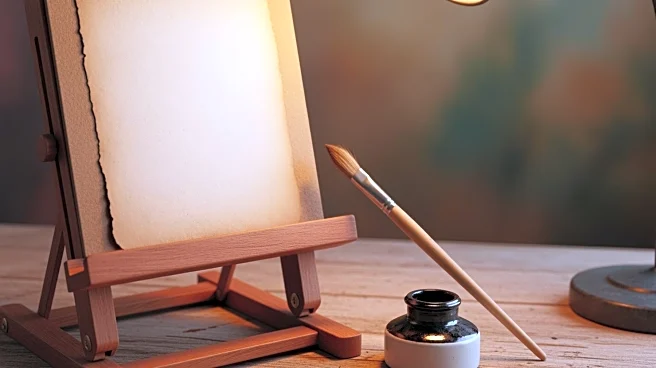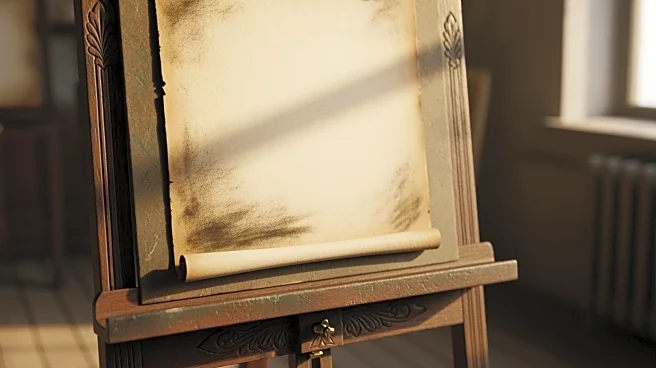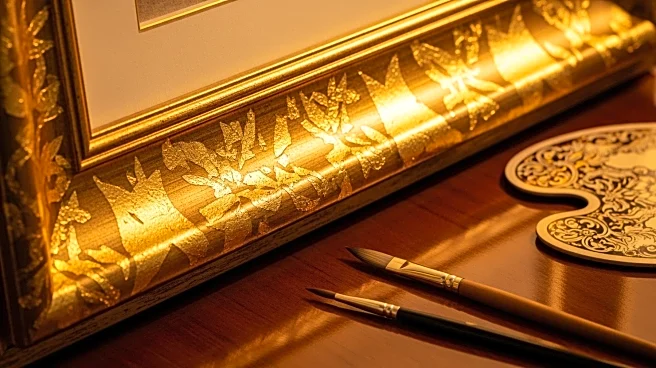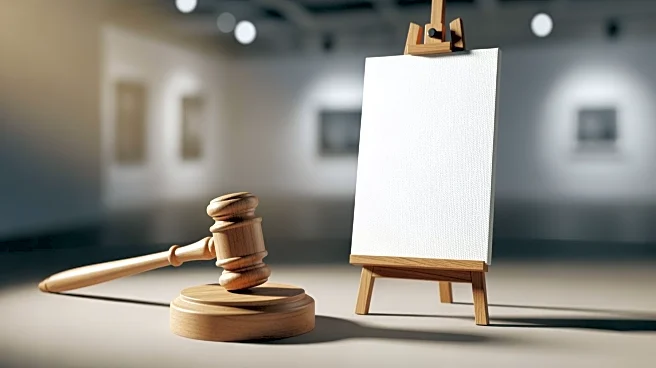What's Happening?
The November marquee sales in New York are set to feature a significant array of high-value art pieces, with Sotheby's leading the charge. The auction houses, including Phillips and Christie's, are presenting works from renowned artists such as Klimt,
Max Ernst, and others, with a total estimated value exceeding $1.5 billion. This marks a substantial increase from the previous year, where estimates were more than 50 percent lower. The sales reflect a market that is cautiously optimistic, with bidders showing selective confidence in acquiring blue-chip material. The catalogues have been released, and previews have concluded, setting the stage for the auctions to begin next week.
Why It's Important?
The upcoming art auctions are significant for the art market, indicating a rebound in confidence among collectors and investors. The increase in estimated values suggests a growing interest in high-value art pieces, which could have broader implications for the art industry. This trend may benefit auction houses and galleries, potentially leading to increased sales and higher commissions. Additionally, the presence of major works from artists like Klimt and Ernst highlights the continued demand for historical and culturally significant art, which could influence future market dynamics and investment strategies.
What's Next?
As the auctions commence, stakeholders in the art market will be closely monitoring the outcomes to gauge the current state of the market. Successful sales could reinforce confidence and encourage further investment in art, while any unexpected results might prompt reassessment of market strategies. Collectors and investors will be particularly interested in the performance of high-value pieces, which could set new benchmarks for future auctions. The results may also influence the pricing and availability of similar works in private and museum collections.
Beyond the Headlines
The concentration of high-value art pieces in these auctions raises questions about the accessibility of art to the general public. As these works return to private collections, there is a risk that they may not be publicly displayed for extended periods, limiting public engagement with culturally significant art. This trend underscores the ongoing debate about the balance between private ownership and public access to art, which could have long-term implications for cultural preservation and education.
